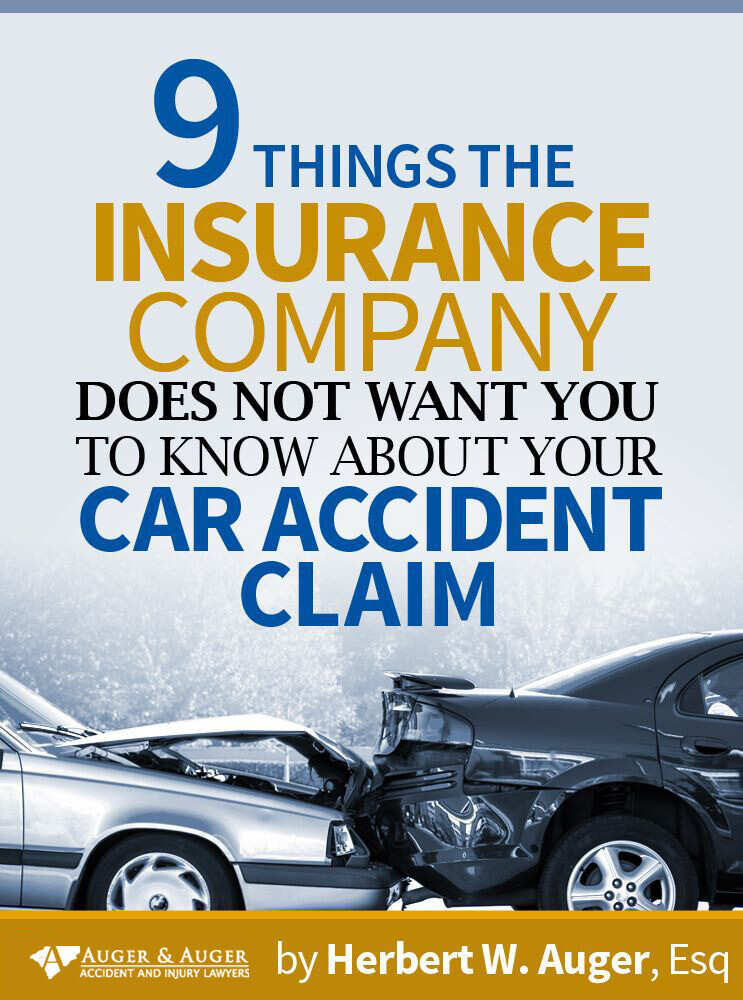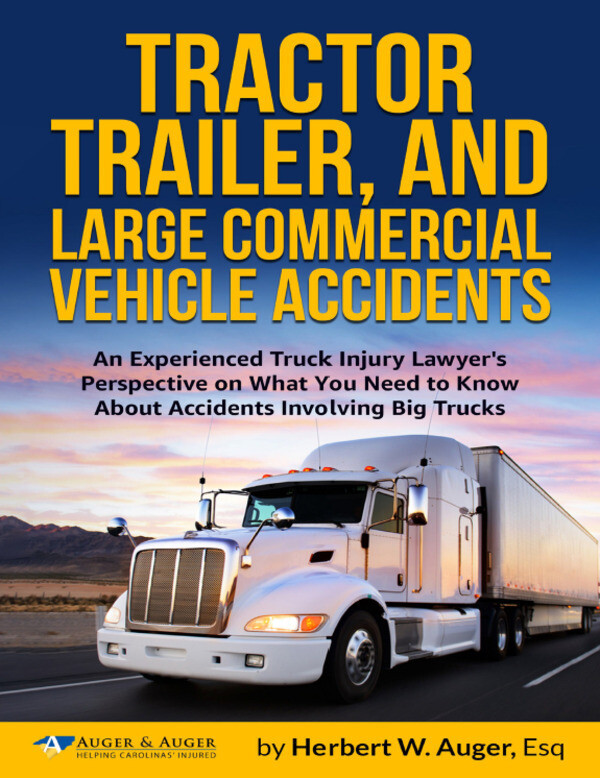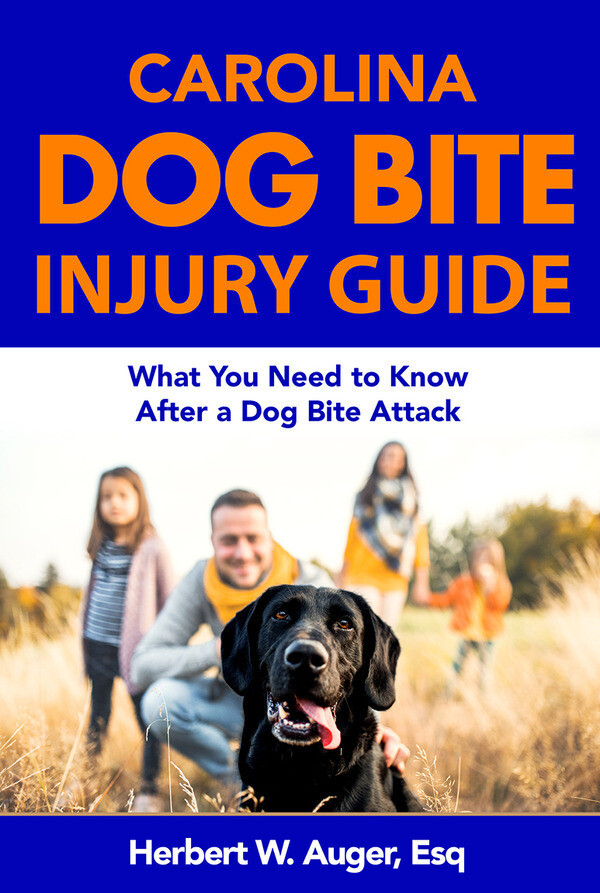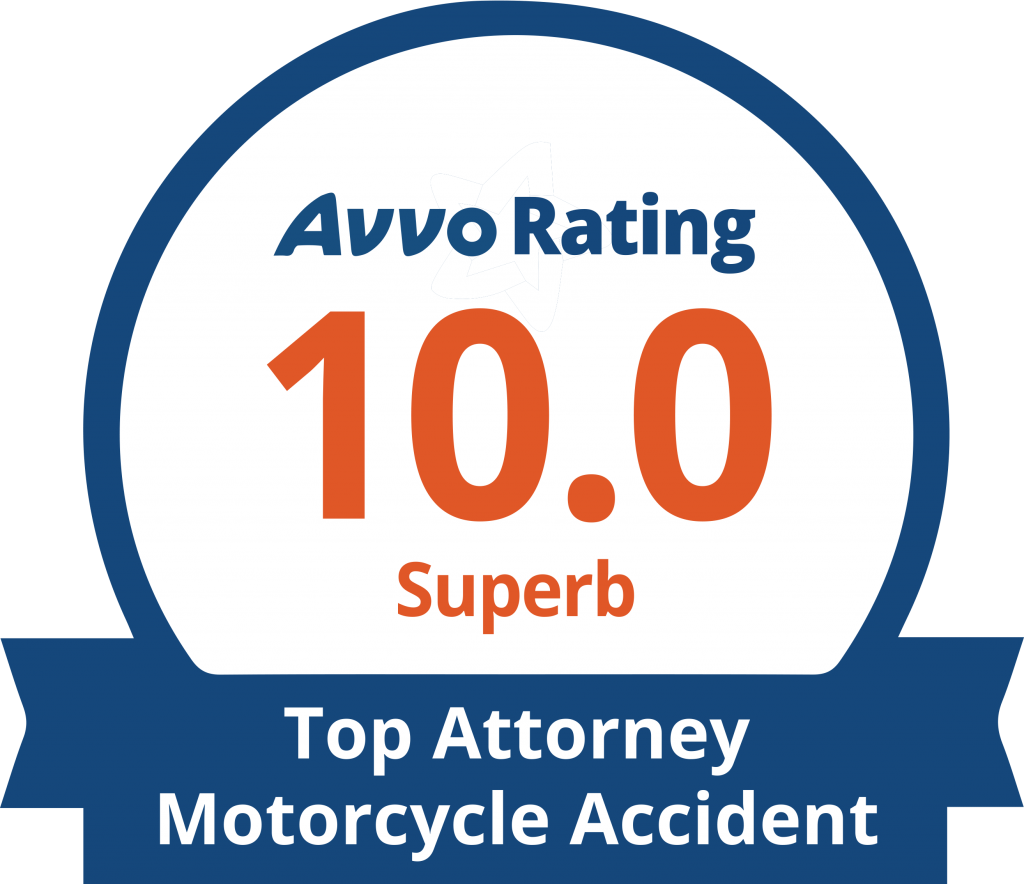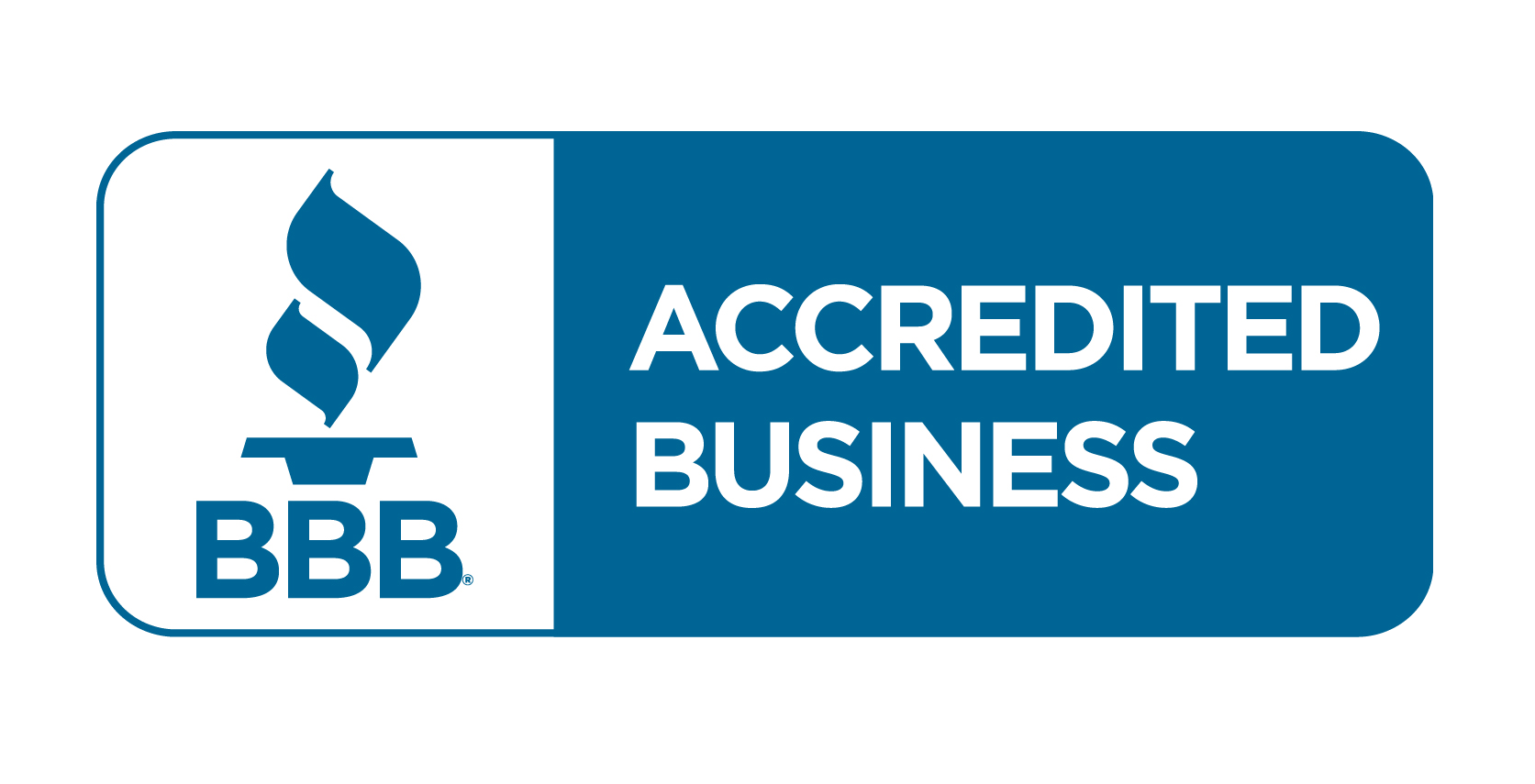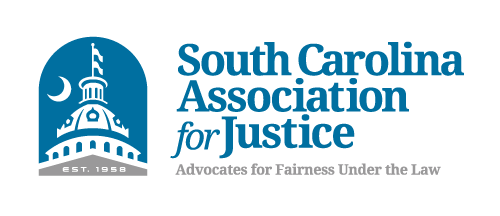Motor vehicle accidents are the most common cause of death in Americans younger than 30, but one important way to reduce your risk of dying in a car accident is to wear a seat belt.
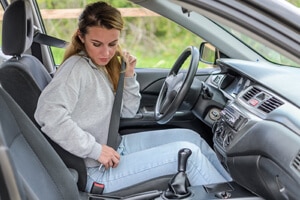
The CDC has found that more than half of people killed in car crashes are not wearing seat belts. Seat Belt usage reduces the risk of death in a car crash by 45 percent, and the risk of serious injury by 50 percent.
How Do Seat Belts Work?
Seat belts work by reducing a person’s velocity when a sharp decrease in speed happens, restraining a driver or passenger so they won’t be banged around inside the car during an accident. Inertia is a concept you may remember from your high school or college physics class – bodies in motion tend to stay in motion unless acted on by an outside force. Let’s say that your car is in motion at 40 MPH and another vehicle turns in front of it – that would be an outside force stopping your car’s motion. But your body will keep moving forward inside the car, due to inertia. Your seat belt acts as the outside force that stops you from being thrown into the windshield or other parts of your car. It distributes the “stopping force” needed to slow your momentum across the body, mostly the pelvis and rib cage. By spreading this force across as wide an area of the body as possible, seat belts reduce the stress your body experiences in a crash, lowering the risk of injury.
In this way, seat belts prevent injuries that can happen if an unrestrained passenger is thrown forward, backward, or to the side. They also stop the person from striking multiple surfaces inside the car in a rollover, and from being ejected from the vehicle during an accident. In fact, if you don’t wear a seat belt, you’re 30 times more likely to be ejected in an accident. This is a serious concern since 3 out of 4 people who are thrown out of a car in a wreck are killed.
However, your seat belt can only work if you’re wearing it when you are involved in an accident. Since most people don’t know if or when that will be, your best bet is to wear one at all times when driving or riding in a car or other passenger vehicle. Seat belt availability should not be a problem – most cars or vehicles sold for the personal consumer market since 1971 have them.
What If My Seat Belt Doesn’t Fit?
This is a common problem – the one-size-fits-all approach doesn’t work for a lot of people. Fortunately, there are several potential solutions. Seat belt extenders are available if you need more length. Some shoulder belts can be adjusted if they are digging into your neck or otherwise laying uncomfortably. You can also buy devices that help with this problem while still allowing the seat belt to fulfill its function of preventing you from flying forward in a wreck. Don’t give up – getting your seat belt to fit correctly is key to the belt keeping you safe. It’s better to spend a little time getting the belt to ft you properly than to just forgo wearing it entirely.
What If I’m A Careful Driver?
If you’re not wearing your seat belt, you’re not really driving carefully. The truth is that you can obey all traffic laws, drive defensively, and do everything in your power to avoid an accident, but you can’t force others on the road to do the same. We see a lot of accidents where there wasn’t anything the victim could have done to prevent a crash. Sometimes another driver was entirely at fault. Sometimes a natural disaster caused an accident. Sometimes deer or other animals were the at-fault parties. In many of these situations, wearing a seat belt helped to save a person’s life or prevent more serious injuries. So if you really want to be careful on the road, add clicking your seat belt to your to-do list.
The Effects of Seat Belt Laws In North Carolina
Under North Carolina’s seat belt legislation, G.S. 20-135.2A, all drivers and passengers 16 or older are required to wear a seat belt in both the front and back seats. Children younger than 16 should either wear a seat belt or be in a restraint system (car seat) appropriate for their age and size, according to the Child Passenger Safety Law.
North Carolina was the first state to implement a “Click It Or Ticket” campaign to encourage seat belt use in drivers. It began in 1993, reminding motorists that if they don’t wear a seat belt, they could get a ticket. Law enforcement agencies step up their efforts during Click It Or Ticket campaigns, increasing police presence in an affected area, adding seat belt checkpoints, and running ads about buckling up on local media. One survey on the program found that 57 percent of respondents said it made them wear a seat belt more often, and 88 percent said they knew about the checkpoints.
North Carolina has primary enforcement of seat belt laws, meaning that officers can stop you if they notice you do not appear to be wearing a seat belt while driving or riding in the front of the car. You don’t have to have committed any other offense, like speeding or running a red light. This is true for drivers and front seat passengers, but not for rear seat passengers. (Rear seats in older cars sometimes only have lap restraints and it is not easy to tell if someone is wearing one from outside the car. Newer cars have shoulder restraints in all positions of the back seat.) If an officer pulls a car over and later notices a back seat passenger is not wearing a seat belt, they can still issue a ticket for that – otherwise known as secondary enforcement. Enforcing seat belt laws has increased the adoption of good seat belt habits, and as of 2021, North Carolina now reports seat belt use rates of about 88 percent.
What If You’re Stopped And A Passenger Is Not Wearing Their Seatbelt?
North Carolina law considers people to be responsible for their own decisions. Passengers 16 and older will receive their own ticket if they are caught riding without a seat belt. However, the driver is responsible for their own seat belt use, as well as any unrestrained minors younger than 16. If you’re a parent or someone who regularly drives with children in the car, it’s a good idea to get in the habit of checking their seat belts before you leave the driveway. Kids younger than 8 or smaller than 80 pounds should be in a car seat or other restraint system – more on that a little later.
Drivers and front seat passengers may receive a $25 ticket for failing to wear a seat belt, and an administrative fee for “partial court costs.” Passengers in the back seat may be fined $10 with no court costs. In some cases, the officer may let you go with a warning, but this is much less common now that law enforcement is under pressure to encourage seat belt use.
Situations That Don’t Require A Seat Belt
There are some exceptions where vehicle occupants are not required to wear a seat belt:
- Rural mail carriers
- People delivering newspapers, or in any vehicle that travels slowly and makes frequent stops for some sort of delivery purpose (like someone delivering phone books or meals for senior citizens)
- Passengers in garbage or recycling trucks during collection hours
- Anyone in a vehicle that isn’t required to have seat belts (a few vintage vehicles made prior to the 1960s, and some larger vehicles typically not for personal use)
- People with medical or physical conditions that interfere with seat belt use (requires a note from your doctor)
- Motorhome passengers who are not driving or riding in the front passenger seat
- People in law enforcement custody being transported in the back of a law enforcement vehicle
Keep in mind that these are mostly scenarios where the vehicle is moving very slowly, and your risk of being seriously hurt in an accident is fairly low. If a seat belt is available in the vehicle, it’s still a good idea to wear one, even if you’re not legally required to do so.
Child Car Seat Safety
North Carolina requires that children younger than age 8 or weighing less than 80 pounds be secured in a car seat or booster seat as appropriate for their age and size. Here are some tips for keeping your kids safe in the car:
- Keep your child in a rear-facing car seat as long as you can, at least up until they reach the age of 2. Young children are much safer in rear-facing restraints than in front-facing ones.
- After you move your child to a front-facing restraint, make sure the restraint system has a harness and that you use it until your child has outgrown it. This usually happens between 40 and 80 pounds.
- If your child has outgrown the harness, they should stay in a belt-positioning booster seat until they’re large enough for a seat belt to fit correctly. Then they should wear the seat belt.
- North Carolina takes kids’ car seat safety seriously. There is a $25 penalty for failing to follow car seat/booster restraint regulations, plus at least $120 in court costs. You can also receive two points on your driver’s license. If you’re having difficulty getting a car seat to work or fit properly, your local fire or police department may run community clinics to help parents with car seat questions.
What If You Can’t Afford A Car Seat Or Booster Restraint For Your Child?
Car seats can be expensive, and need to be replaced every six years – many people don’t realize this, but car seats have expiration dates. Of course, most six-year-olds have outgrown their infant car seats well before they expire, but this can be a problem if you were planning to use a hand-me-down car seat a friend or family member gave you for free. Sadly, the car seat may now be expired, leaving you to find a new one, which can cost $150 or more. Sometimes economic difficulties can make it impossible to afford a new car seat or booster restraint, leaving parents in a bind.
Fortunately, there may be options to help. If you qualify for Medicaid, you will almost certainly qualify for a free car seat through the Health Insurance Marketplace. WIC recipients may also be able to receive a free car seat. If not, you may still be able to get a free or low-cost car seat or booster restraint through local non-profits, churches, or local government programs in your area.
If you’re expecting a baby, your hospital may also have a program for free, low-cost, or rental car seats. Hospitals are required to ensure you have an appropriate car seat before discharging you and your new baby, so they will probably be able to recommend lower-cost options if you contact them ahead of time. It’s better not to wait until you’re ready to leave the hospital and still need to find a car seat to use.
Auger & Auger Accident and Injury Lawyers has been helping car accident victims throughout the Carolinas fight to receive the compensation they deserve for over 26 years. We know what it takes to go up against the insurance companies both in and out of court, and we’ll use all of our resources to make sure you are represented effectively. If you’ve been in an accident and need help paying medical or repair costs or other related bills, we’re always here to help you obtain appropriate compensation for your injuries.
Give us a call today at 855-969-5671 or contact us online for a free, no-obligation consultation with an experienced car accident lawyer.


